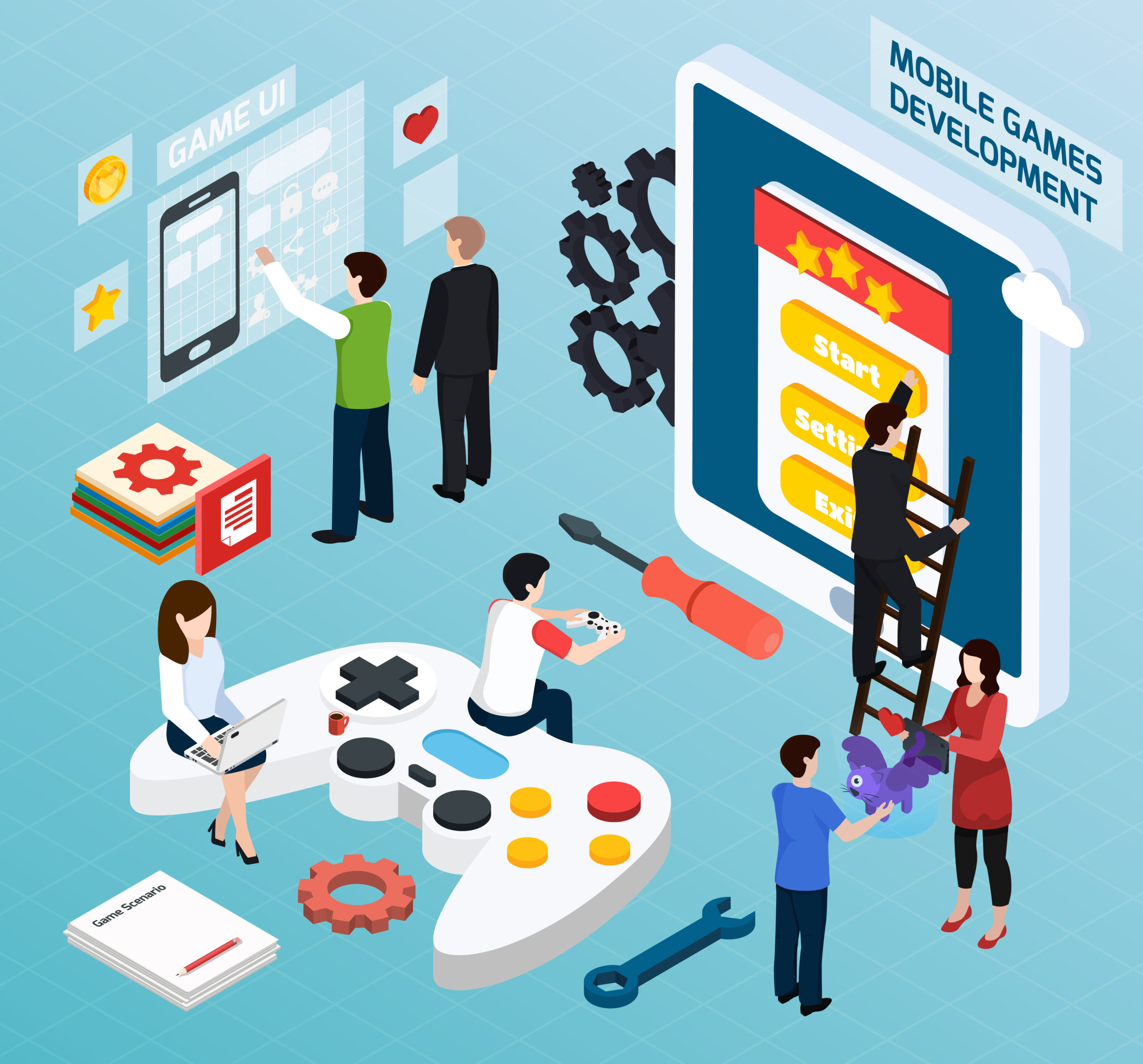Android games are becoming increasingly popular, and the demand for game developers is on the rise. However, developing an Android game can be a painstaking task, especially for beginners. In this article, we will provide you with a step-by-step guide on how to develop an Android game from scratch. We will cover everything from choosing a game idea to publishing your game on the Google Play Store. Whether you are an aspiring game developer or a hobbyist, this article will help you create a fun and engaging Android game. So, let’s get started!
6 Easy Steps To Develop An Android Game
Step 1: Choose a Game Engine
The first step in developing an Android game is to choose a game engine. A game engine is a software framework that provides a set of tools and functionalities to create video games. There are several game engines available for Android game development, each with its own pros and cons.
Some popular game engines for Android include:
- Unity: Unity is a popular game engine used for developing 2D and 3D games. It offers a user-friendly interface, a vast library of assets, and supports multiple platforms.
- Unreal Engine: Unreal Engine is a powerful game engine used for developing high-end games. It offers advanced graphics, physics, and AI functionalities, but has a steeper learning curve than other game engines.
- Godot Engine: Godot Engine is an open-source game engine that offers a simple interface, easy-to-learn scripting language, and supports 2D and 3D games.
Choose a game engine that suits your needs and skill level.
Step 2: Learn Programming Languages
To develop Android games, you need to learn programming languages such as Java, C++, or C#. If you are using Unity, you will need to learn C# programming language, while Unreal Engine requires knowledge of C++. Godot Engine uses a scripting language called GDScript, which is similar to Python.
There are several resources available online to learn programming languages, including YouTube tutorials, online courses, and forums.
Step 3: Install Android Studio
Android Studio is the official integrated development environment (IDE) for Android app and game development. You can download and install Android Studio from the official website.
Step 4: Design Your Game
Before starting the development process, you need to design your game. You can use tools such as Adobe Photoshop or GIMP to create game assets such as characters, backgrounds, and objects.
Step 5: Develop Your Game
Now that you have chosen a game engine, learned programming languages, installed Android Studio, and designed your game, you can start developing your game.
Follow these general steps when developing your game:
- Set up the environment: Install the game engine and configure the necessary settings.
- Create the game world: Use game assets to create the game world, including backgrounds, characters, and objects.
- Add game mechanics: Implement game mechanics such as movement, collision detection, and scoring.
- Add audio and visual effects: Add sound effects and music to the game, and use visual effects such as particle effects to enhance the game experience.
- Test and debug: Test the game on various devices and debug any errors or issues.
Step 6: Publish Your Game
Once you have developed and tested your game, you can publish it on the Google Play Store. You will need to create a developer account and follow the submission guidelines.
Android game development can be challenging, especially for beginners. It requires a combination of technical skills, creativity, and attention to detail. However, with the right resources, such as game engines and tutorials, and with practice and patience, anyone can learn how to develop an Android game.
The key is to start with a simple game idea, learn the basics of game development, and build from there. While it may not be easy, developing an Android game can be a fun and rewarding experience.
-Choose a simple game idea that you are passionate about and research similar games in the market.
-Plan your game by sketching out a basic design, including characters, levels, and gameplay mechanics.
-Choose a game engine such as Unity, Unreal Engine, or Corona SDK that suits your needs and skill level.
-Learn the basics of the game engine by going through tutorials and documentation.
-Build a simple prototype of your game to test your game mechanics and iterate on it until you have a solid foundation.
-Test your game on various devices to ensure it runs smoothly and without bugs, and get feedback from beta testers.
-Polish your game by improving its graphics, sound, and overall user experience. Fine-tune the game’s mechanics, difficulty level, and balance.
-Publish your game on the Google Play Store after ensuring that you comply with the store’s guidelines and policies.
There are several programming languages that can be used to make Android games, but the most popular language for Android game development are Java, C++, and C#.
Yes, a single person can develop a game, especially if it’s a simple game with basic mechanics and graphics. However, developing a game is a time-consuming and challenging process that requires various skills, including programming, design, and project management. A single developer may need to learn and master multiple skills, work long hours, and overcome obstacles alone.
Yes, it is possible to make an Android game without coding by using game engines that offer visual scripting tools or drag-and-drop interfaces. These tools allow game developers to create games without writing any code by using pre-built assets and behaviors. Some examples of game engines that offer visual scripting tools or drag-and-drop interfaces include Construct, Buildbox, and Stencyl.
These engines provide an intuitive and user-friendly way to develop simple games without the need for coding skills. However, it’s important to note that these tools have limitations and may not be suitable for developing complex or graphically-intensive games. Additionally, having a basic understanding of programming concepts and logic can be helpful when using these tools.





